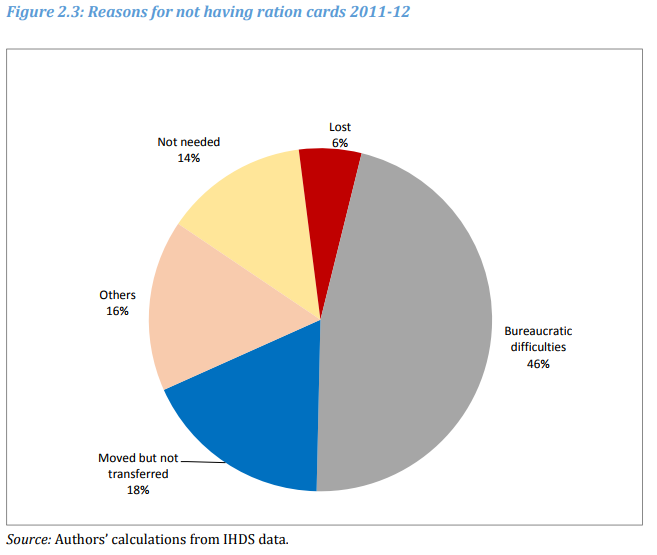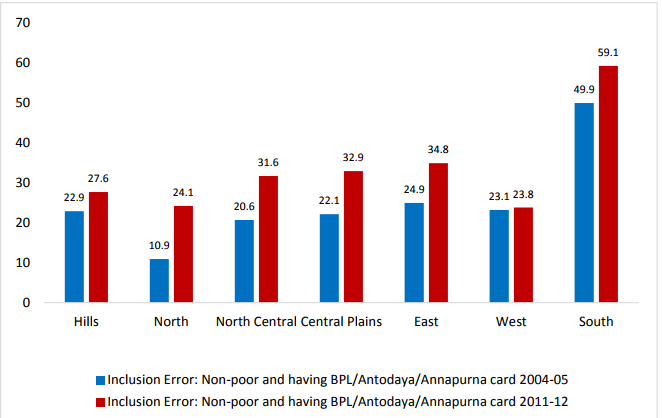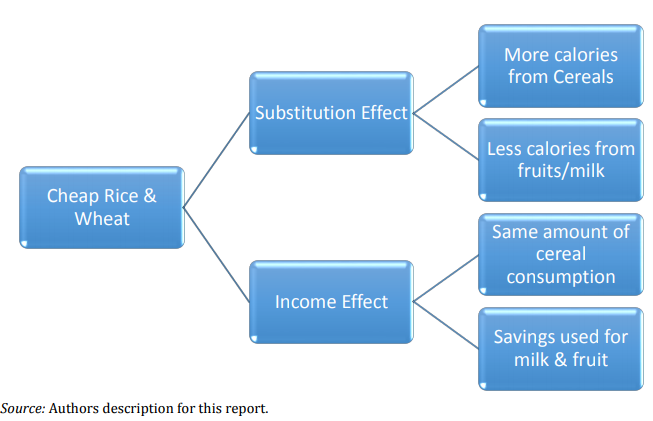7667766266
enquiry@shankarias.in
What is PDS?
What is the need for the study?

What is the study about?

What are the findings?


